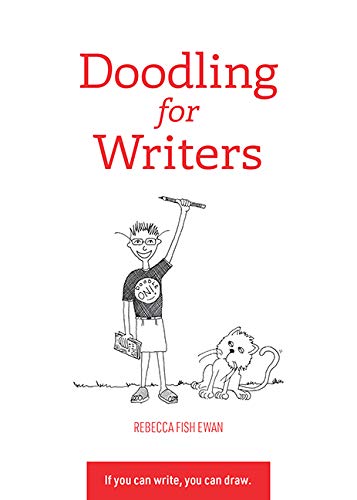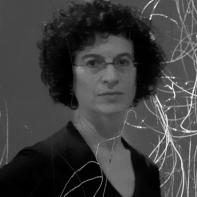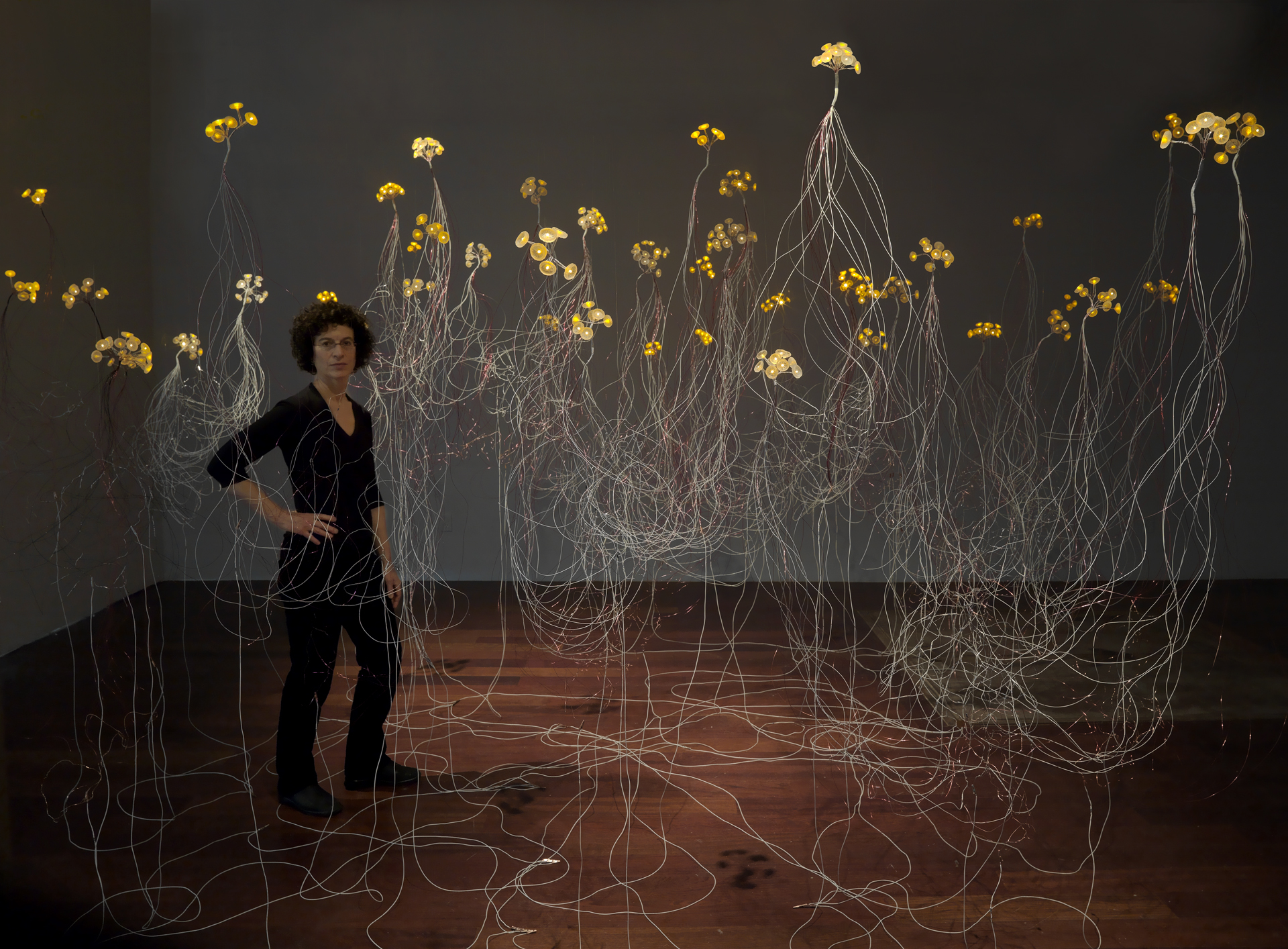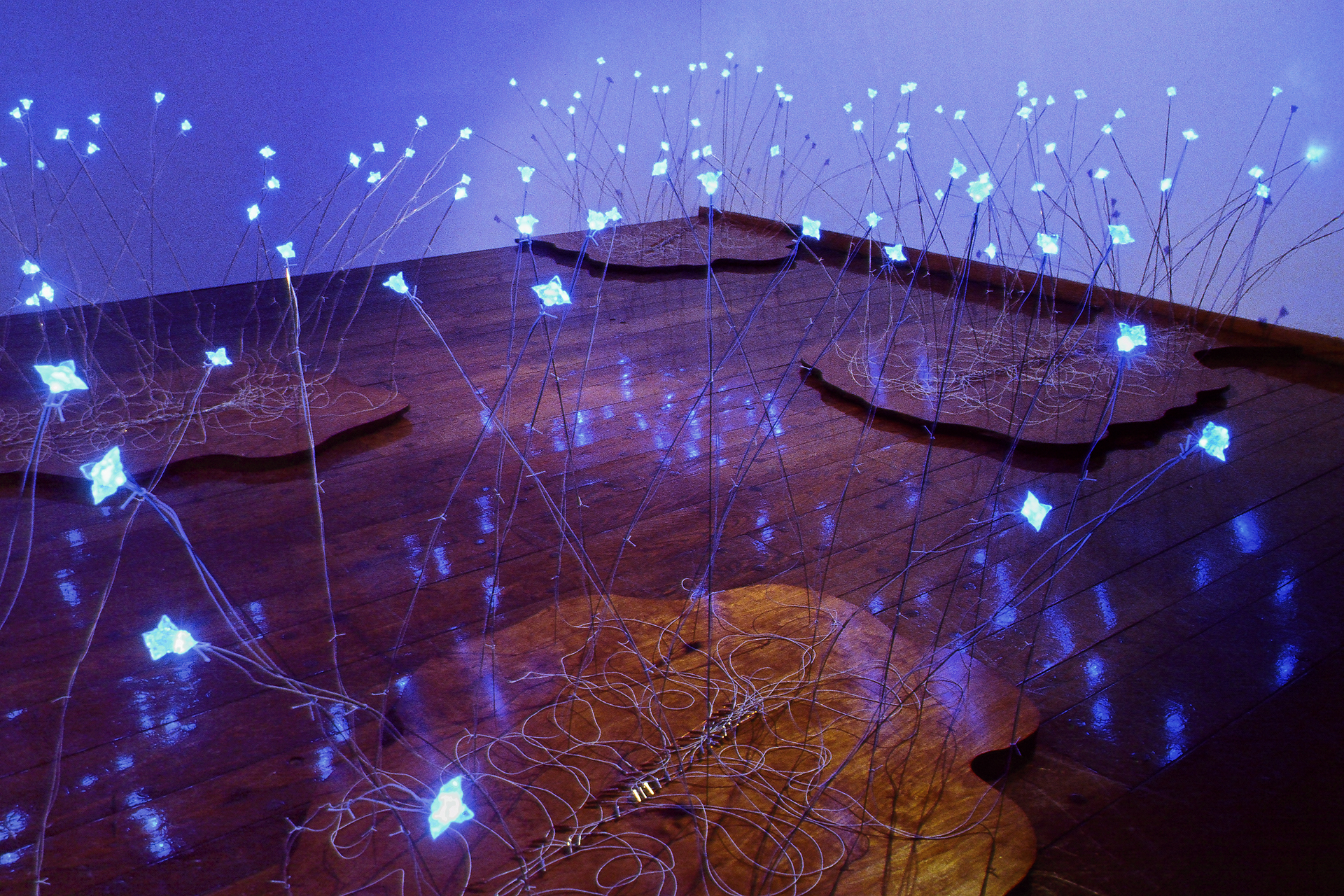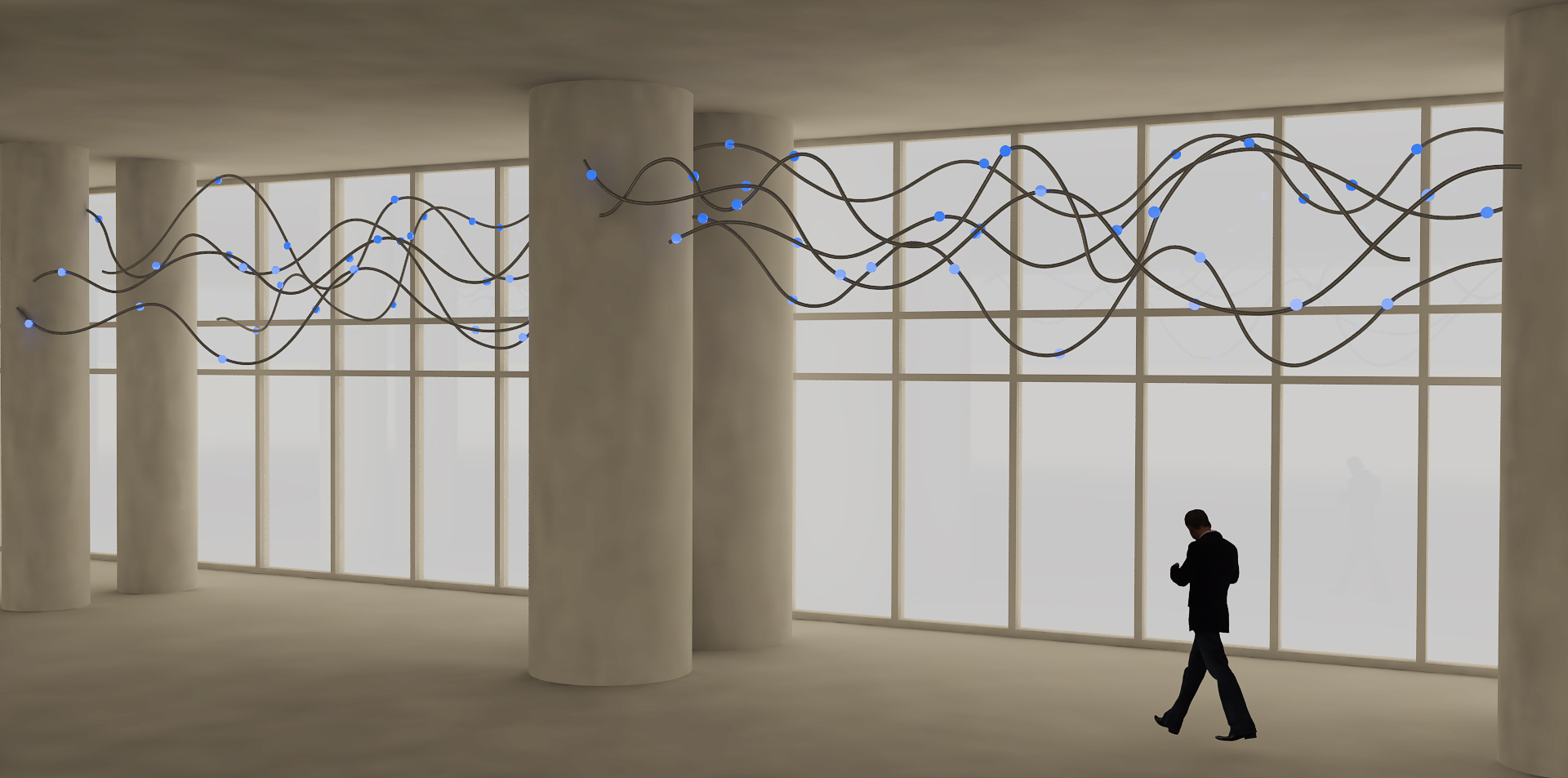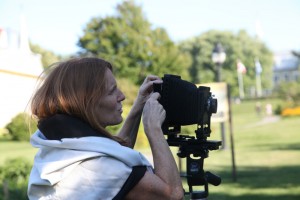 Superstition Review would like to welcome faculty advisor Betsy Schneider. She will be advising the art editors starting this fall. As an introduction to the staff and readers, we interviewed Betsy and we are very glad to share the interview with you.
Superstition Review would like to welcome faculty advisor Betsy Schneider. She will be advising the art editors starting this fall. As an introduction to the staff and readers, we interviewed Betsy and we are very glad to share the interview with you.
Betsy Schneider is a photo-based artist and educator. Her artistic concerns range from trying to understand time, decay and the body, to exploring childhood, culture, and relationships and looking very closely at strange visceral things such as candy, placentas and the mouth. She uses a variety of photographic tools including APS, digital, medium format and view cameras and digital and computer generated video. Her work manifests itself through exhibitions of rectangles on the wall, video installations and books.
Her work is in several private and public collections including that of actor Jamie Lee Curtis, Museet for Fotokunst in Denmark, the Museum of Fine Arts Houston and the Nelson-Atkins Museum in Kansas City. She has taught and lectured across the US, Scandinavia and the UK. She is a 2011 Guggenheim Fellow and an Associate Professor in the School of Art at Arizona State University.
Superstition Review: What is it about the medium of photography that first drew you to it?
Betsy Schneider: My mother always encouraged me and my sisters to express ourselves through art. My birth interrupted her PhD program in psychology focusing on children’s art. So I had a crayon or a pencil in my hand from as early as I could hold it. But I was a very active child and didn’t have the focus to be good at drawing. I was a cartooner—a doodler. My notes from school are covered with intense little doodles—even now at faculty meetings I can’t stop making these little drawings. But they don’t go anywhere.
So when I was about 11 I was picked to be a yearbook photographer—and I loved it. At the time I didn’t really see it connected to art—but it seemed like something I did well and enjoyed. But even photography took patience and I didn’t have enough through high school. So throughout high school I kind of forgot about photography and art—thinking I would be a lawyer and later a writer (yeah—that doesn’t take any patience at all).
While I was trying to write I realized that my ideas flowed so much more well, so much more fluidly through photography. This was at the end of college—and I thought –this is it. That was when I was about 21—and to waaay oversimplify it—I’ve been here making photos ever since.
SR: What are some of your influences and favorite artists?
BS: Why is this always the most difficult question? But it’s a good and important question. I tend to be influenced in waves and by a huge variety of things. First the people in my life (and I’ll get to that in the later question). But also wider cultural influences like politics and history and cultural history. I don’t watch that much TV but when I do I can’t stop talking about it. I tend to be totally overwhelmed by my life experiences and I flow with them.
But specifically—literature—I majored in English at Michigan. William Blake, William Faulkner, Emily Dickinson, James Joyce, Maurice Sendak,–but also TV shows from my childhood, like MASH and MAD magazine.
Photographers and artists—Emmet Gowin, of course Sally Mann, Nicholas Nixon, Michael Apted’s 7 Up Series. I could go on and this is only the tip of the iceberg. Ask me tomorrow and I’ll have a new list.
SR: How long have you been with ASU, and what are some of the classes you teach?
BS: I have been teaching at ASU since 2002—and I teach the range of photo classes from basic photo black and white to the graduate seminar in photography. A few of my specialized classes are Portraiture—which focuses on the meaning and purpose of making pictures of people and a class in Digital Culture which addresses the ways in which digital technology does and doesn’t change the meaning and function of photographs. Some of my areas of concentration are time and the relationship between the still and the moving image, childhood and family, relationships, but also the visceral. I’m interested in why we make pictures and what the result of making pictures is.
SR: What do you enjoy most about teaching in your field?
BS: The energy and ideas from the students and the feedback between what I do, my life, their ideas, their work and my own. I love that I teach something that connects so closely to life and I love that I form strong bonds with the students and that I think I make a difference in their lives; they certainly make a difference in my life.
SR: It seems that much of your subject matter is very personal and very simple, like for example, your children playing. Would you say that your art is a part of your lifestyle?
BS: Yes—its essential. The fluidity between my everyday life and my work is essential to who I am as both a person, a parent, an educator, and an artist. They are all intricately connected. I thrive on connections.
SR: Your Guggenheim project is now drawing to a close. What can you tell us about the experience?
BS: That’s a subject for a long interview. Intense and moving. I’m exhausted right now. Will be finished with taking the photos and interviewing 250 13-year-olds by the end of October. I am exhausted and thrilled and ready to give birth to this work.

